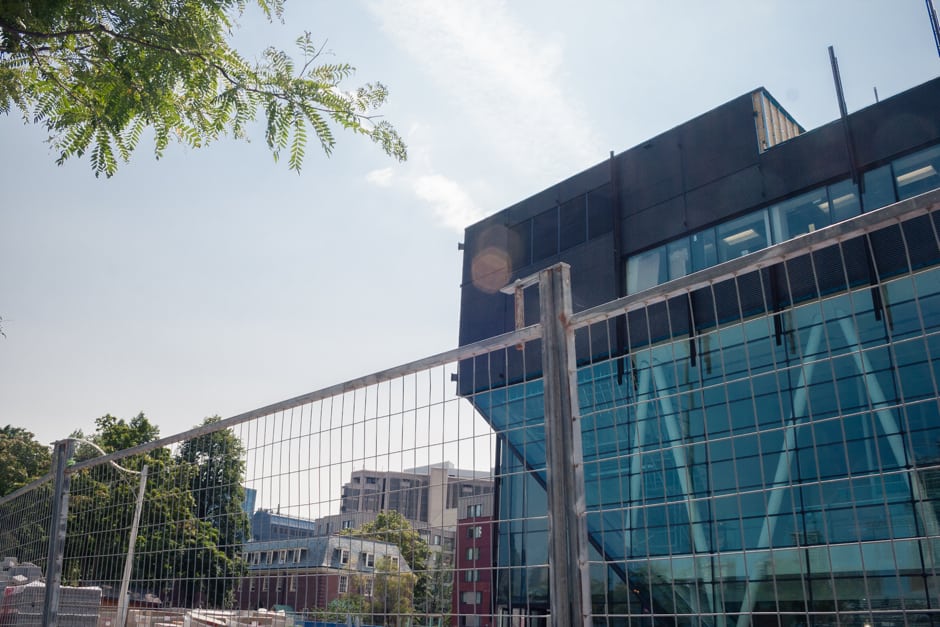The Goldring Centre for High Performance Sport will serve as a new facility on campus to students, staff, researchers, and affiliated members of the University of Toronto in the upcoming academic year.
According to Ira Jacobs, the dean of physical education and health, the Goldring Centre will embody some of the university’s values, serving to promote the pursuit of excellence and healthy active living.
Jacobs believes that, in the past, there has been an unequivocal lack of research funding in Canada for projects involving sports investment.
“With events like the Winter Olympics in Vancouver and the upcoming PanAm Games in 2015, we as Canadians obviously place a great deal of value on sport, but unlike other valuable undertakings, the major funding agencies seem to fall short in this area,” said Jacobs.
He stressed the situational need of the centre, noting that the student population at U of T has grown substantially — a growth that has not been accompanied by any remarkable increase in athletic funding.
“The Goldring Centre will integrate opportunities for athlete training with sports medicine and sports science research… Not just students in the faculty of kinesiology, but all students will benefit from the state of the art facilities that the centre has to offer,” said Jacobs.
Beth Ali, director of intercollegiate sport at U of T, shares Jacobs’s excitement about the Goldring Centre.
“The development of this facility will allow for more training and practice time for athletes, lending itself to opportunities for athlete recruitment, which is a significant part of any athletic program. This will make us more attractive to students across the city,” said Ali.
With its field house, two new basketball and volleyball courts, and the expanded state of the art sports medicine facility, the Goldring Centre is also being built in hopes that it will help to promote and encourage growing levels of school spirit.
“We want the Blues to be a catalyst for campus pride,” said Ali, adding:“Because we’re so big, it sometimes presents challenges that we have to address. We need a program that people can be proud of.”
“This is an opportunity for us to show we can also be a strong player in athletics. We want everyone to be a Varsity Blue,” she added.
Ali believes that, with the new facilities, it will be far less of a challenge to engage students at the three campuses. She hopes that this year, students will be more inclined to come out to Varsity Blues games.
Michelle Brownrigg, director of physical activity and equity at U of T, also believes that the centre will encourage campus engagement. Brownrigg hopes that the completion of the centre will send a message to everyone that U of T cares about the leadership opportunities available to its students and staff.
“The lack of infrastructure in the past has posed a number of problems and, as a result, the city of Toronto was never recognized for excellence in high performance sport. It is hoped that the centre will change this perspective,” said Brownrigg.
“It will provide a great opportunity for jobs on campus, allow for more co-curricular activities, and make it more accessible for all students to take advantage of the additional space made available to them,” she added.
As director of equity, Brownrigg stresses the equity mandate of the faculty, noting that the centre will be another opportunity for the university to engage many different individuals, and accommodating for the varying needs of each student.
The centre recently received a $22.5 million investment by the Province of Ontario, which, coupled with the support of other national and provincial sport governing bodies, will ensure that the centre exceeds expectations in all areas of athlete development and sports medicine research.
As the facility nears its final stages of construction, the university hopes to officially open its doors to the student body with an open house in late October.


